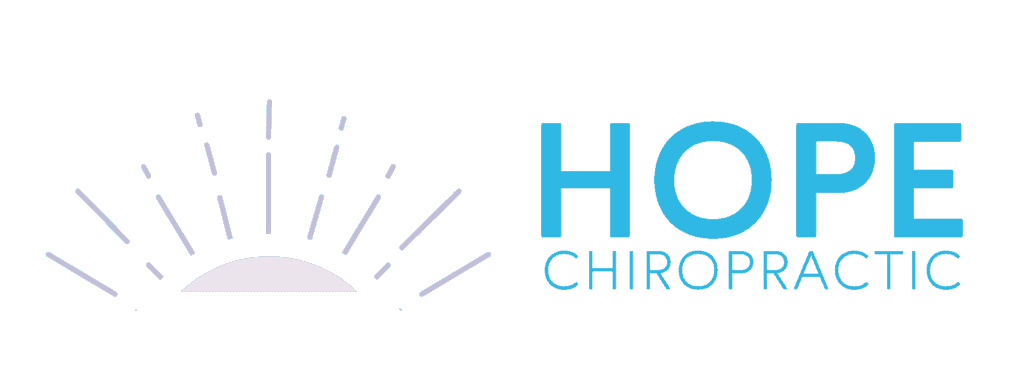If you’re like most parents we meet, you’ve probably tried behavior charts, talked to counselors, maybe even considered medication for your child’s struggles at school—but you’re still searching for answers that actually address what’s really going on.
We totally get it.
Some of us have stayed up worried about sending our children with ADHD or SPD back to school—dreading phone calls from teachers about focus issues, the meltdowns over homework, or watching our brilliant children struggle in an environment that just doesn’t feel built for how their brain works.
🧠 In 2022, 1 million more U.S. children were diagnosed with ADHD than in 2016.
Nearly 1 in 6 children now struggle with sensory processing challenges.
Yet most approaches are still stuck managing symptoms—not solving the root cause.
Janine’s Story: From Overwhelm to Thriving
Janine, a young teen with intense sensory processing issues, came to our office overwhelmed by:
- Physical touch
- Crowds
- Loud noises
- Even the feeling of clothing
Through Neurologically-Focused Chiropractic Care, we helped calm her overactive nervous system. Now, she describes her anxiety levels as a 3 or 4 instead of an 8 or 9. She’s thriving—and even thinking about becoming a chiropractor herself.
Janine’s transformation isn’t unique. Let’s dive into why this works.
Understanding the Real Root Cause of ADHD and SPD School Struggles
The overactive sympathetic “fight or flight” response is the true culprit behind many children’s school-year challenges. It keeps kids:
- On edge
- Struggling to focus
- Emotionally unregulated
- Unable to shift smoothly between activities
At the same time, the parasympathetic “rest and digest” system—which supports learning and emotional balance—remains underactive.
This imbalance often stems from a combination of prenatal stress, birth interventions, and early life stressors—what we call The Perfect Storm.
5 Game-Changing Strategies That Can Transform Your Child’s School Year
1. The Sleep Foundation That Changes Everything
Sleep is essential for:
- Learning consolidation
- Emotional processing
- Daily nervous system reset
But kids with ADHD or SPD often struggle to sleep.
What to do:
- Gradually adjust sleep/wake times
- Create a calming bedtime routine
- Make their room a low-stimulation zone
Better sleep = better regulation during the day.
2. Creating an Environmental Structure That Actually Works
Children with ADHD/SPD don’t lack discipline—they struggle with executive function.
This is not about being organized—it’s about reducing the load on their nervous system.
Try:
- Homework stations with accessible supplies
- Visual schedules or color-coding
- Consistent morning/afternoon routines
- Dedicated spots for backpacks and shoes
3. The Exercise Connection That Rivals Medication
According to Dr. John Ratey’s book Spark, exercise can be as effective as ADHD medication.
Physical activity:
- Boosts mood
- Improves cognition
- Reduces anxiety
Incorporate movement like:
- 10–15 minutes of morning play
- Jumping jacks, dancing, or walking
- Recess-style breaks during homework
Consistency > intensity.
4. Nutrition and Hydration: Fueling the Nervous System
A nourished brain = a regulated brain.
Focus on:
- Balanced meals and regular snack times
- Protein for neurotransmitters
- Hydration throughout the day
- Avoiding processed food and artificial dyes
5. Neurologically-Focused Chiropractic Care — The Missing Piece
If you’ve tried the above and still haven’t seen change, this may be what’s missing.
Gentle, specific adjustments calm the sympathetic system and activate the parasympathetic system, especially through the vagus nerve.
Many practices use INSiGHT Scans to locate stress and create customized care plans.
Results may include:
- Better focus and attention
- Fewer emotional outbursts
- Improved sleep
- Smoother transitions
- Reduced behavioral challenges
When the nervous system is supported, all other strategies work better.
The Perfect Storm: How We Got Here
Most kids with ADHD/SPD have experienced some version of “The Perfect Storm”:
- Prenatal stress – Maternal stress hormones can impact fetal development
- Birth trauma – Complicated or intervention-heavy births create tension in the system
- Early life stressors – Emotional trauma, falls, and even repetitive posture affect function
It’s not your fault.
There is a path forward.
What This Means for Your Family
If you’re thinking “This is my child,”—you’re not alone.
At {INSERT OFFICE NAME}, we’ve helped families find lasting solutions by addressing the nervous system first.
Moving Forward: Your Next Steps
- Start with the basics: Apply the sleep, exercise, and home structure tips today.
- Consider a neurological scan: If nothing sticks, test your child’s nervous system function.
- Trust your gut: You know your child best. Keep pushing for answers.
The Hope You’ve Been Looking For
Your brilliant, sensitive child can thrive.
The struggles you see aren’t permanent—they’re signals that the nervous system needs help.
📍 Schedule a consultation today at Hope Chiropractic.
Or use the PX Docs Directory to find a provider near you.
You’ve got this.
And we’ve got your back.
Related Links:
